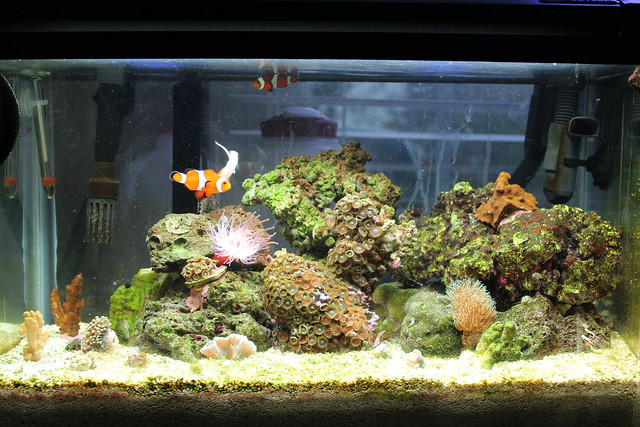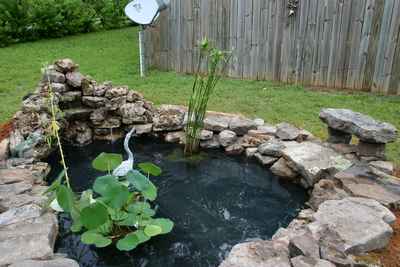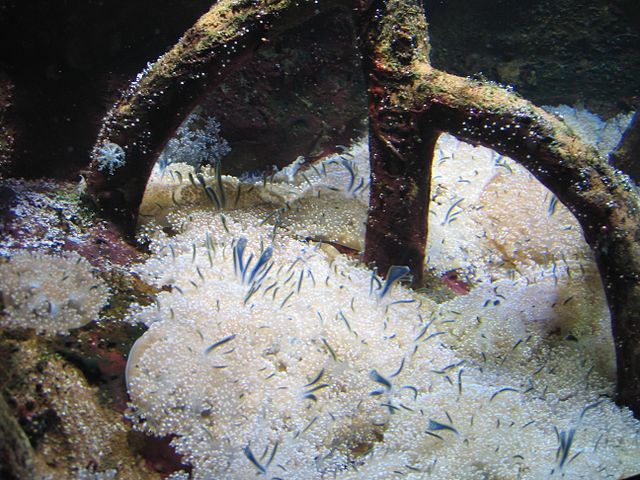 |
| Photo by aquarist.me |
Let me start from the bare basics. What exactly is a nano reef tank? A nano reef is nothing but a reef tank of fewer than 20 gallons. Now, this is not a sacrosanct rule of law like Newton’s law on gravity but I strongly adhere to this definition as 20 gallons is the threshold where popularly accepted formulas for reef tanks or ‘small’ reef tanks begin to lose ground, calling for new conventions.
Next, a pretty obvious question which you may ask is why would you want a nano reef tank? Pretty obvious answer: It is generally a low-cost affair. You can easily manage a decent nano tank with less than $200. Apart from cost they are easy to maintain, you can fit them anywhere, are extremely portable (that means if you are bored of watching it lying on your home desk, take it to your office desk without any hassles!).
And it is not something for just novices. They can offer new challenges to experienced reef keepers minus the cost and time constraints. I say challenging because there is very little room for error when it comes to the nano tank. Whether it is maintaining water quality or temperature stability or oxygen depletion, one has to be extremely careful in maintaining a nano reef tank.
Lighting a Nano reef is something of a complex issue. There are people who have kept Nano reefs with 3-7 watts per gallon of light. Some have used 30 watts. It boils down to the fact that you can have a successful coral tank using the rule of thumb, 3-7 watts per gallon, but your tank will be healthier if you provide larger quantities of light.
A nano reef will require your attention towards heating and cooling aspects too. This is because in a nano reef tank stable temperature control is very important. Unlike large tanks temperature change in nano reefs can be quite large and frequent. For the heating purpose, a normal heater would suffice. But cooling is a difficult problem. A common solution is to keep the tank in an air-conditioned room. Some people use evaporative cooling with fans, but this is probably not the best idea as there are chances that amount of evaporation it causes can produce wide specific gravity shifts in a nano tank which would not be appreciated by the tank's inhabitants.
Due to the small surface area, a nano reef tank will require adequate water circulation more than any other form of a reef tank. A simple and effective solution is to use an open-ended bubbler. Larger is the size of your tank more bubblers you may need.
There is no doubt that a sump would greatly aid in the temperature and nutrient buffering capabilities of a nano, but it seldom used. The main reason for this is that being small in size, using a sump adds to the complexity and takes up space, a big constraint in a nano.
Now here comes the best part of the nano reefs. The water quality maintenance or change is ridiculously simple! Being small, the water quantity is low. So changing the water every two weeks is a painless task. A regular water change will also obviate the need for a skimmer.
Now decide on for what live rock to choose and what quantity. Again here is a nano advantage. Since the size is small you wont be required lot of rock so you can go for the best quality live rock without causing a dent in your bank account.
And finally the choice for corals : You could go for both stony corals or soft corals. Virtually every soft coral is eligible for a nano reef tank. But when it comes to stony ones few points need to be cosnsidered. You should go for small colonies of stony corals, preferablly 12". You can pick any among Acropora, Bubble coral, Favites, Torch Coral or Elegance coral.
For a 5 gallon nano, you should add another about 3 lbs of live rock, plus at least another 3 lbs of live sand.
So go all out and play! Its not about the size, remember all good things come in small packages.






